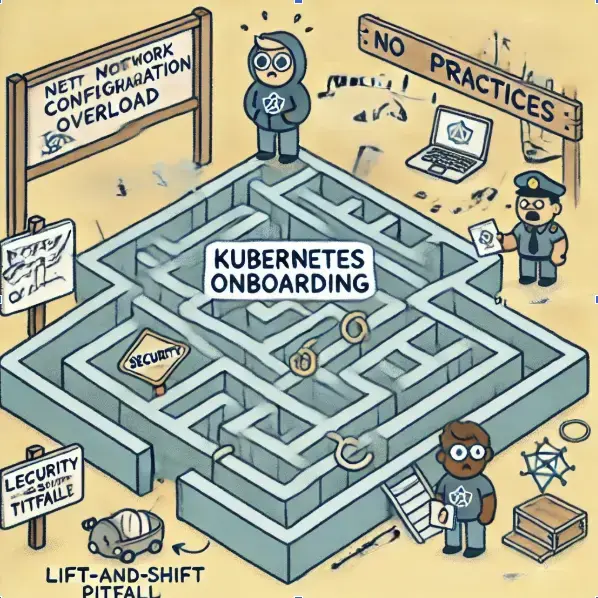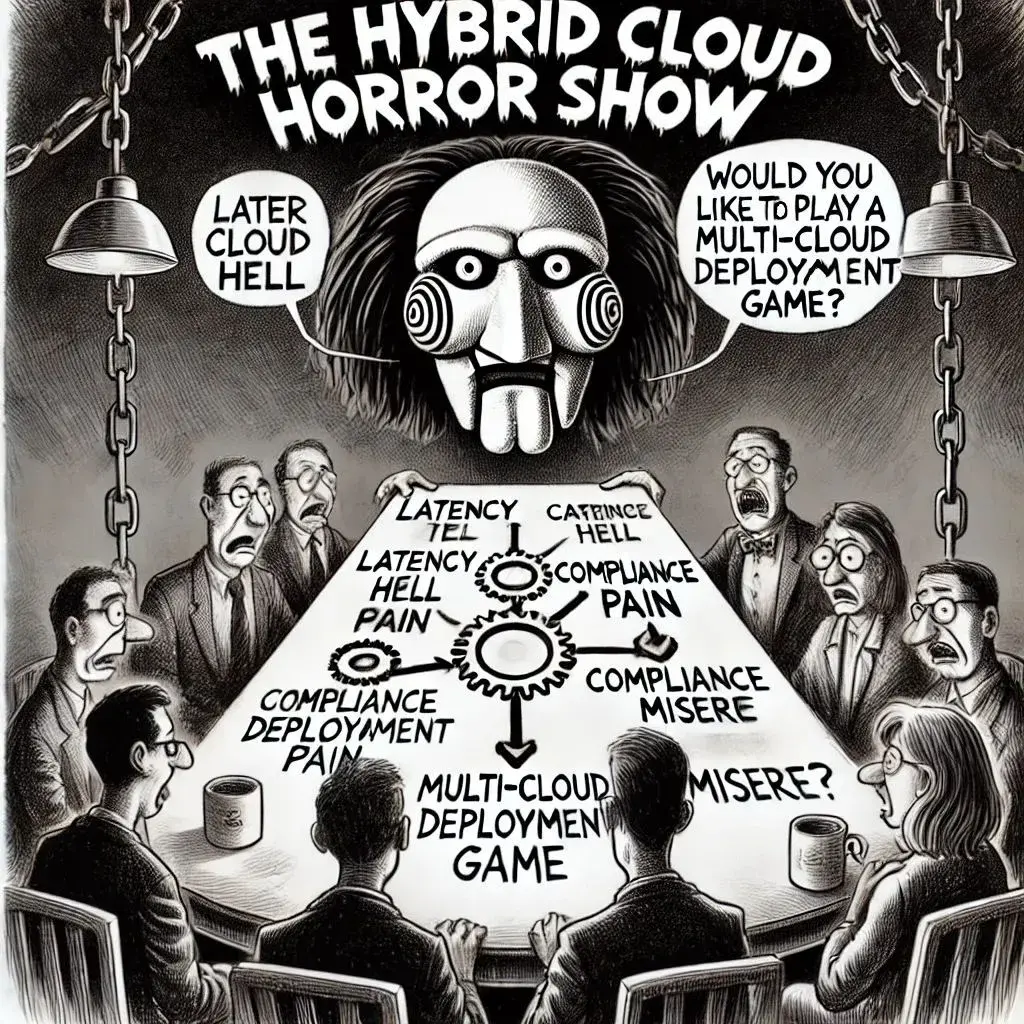
Overcoming Key Kubernetes Onboarding Challenges
As enterprises embrace cloud environments, they face complex onboarding challeng…

Enterprises are increasingly adopting multi-cloud and hybrid strategies, with 96% of organizations leveraging at least one public cloud and an average of 2.2 public clouds in their environments (Spacelift.io). While this approach enhances flexibility, scalability, and cost optimization, it also introduces significant operational complexity, turning hybrid cloud deployment into a puzzle worthy of a SAW movie. If not carefully orchestrated, companies may find themselves trapped in a web of fragmented tools, inconsistent policies, and deployment nightmares.
This article explores the critical steps in hybrid cloud adoption, with a particular focus on unified developer portals, the linchpin that enables frictionless multi-cloud deployments while avoiding a steep learning curve. Without such a framework, organizations risk forcing developers into an endless game of troubleshooting, manual workarounds, and compliance nightmares.
A standardized multi-cloud developer portal is the critical solution to eliminating complexity. By providing a single pane of glass for deploying workloads across different cloud providers, this approach:
Key Technologies:
To ensure operational parity between on-prem and cloud-based Kubernetes deployments, organizations must:
Instead of reactive security and compliance enforcement, organizations must implement:
For organizations that fail to standardize their hybrid cloud approach, the reality is akin to the infamous traps in SAW. Each new cloud integration adds another layer of complexity, forcing engineers into a never-ending cycle of learning new deployment models, troubleshooting fragmented pipelines, and manually enforcing security policies.
As a cloud architect, you must ask yourself:
The key to avoiding the SAW trap of multi-cloud complexity is a well-defined unified developer portal that abstracts cloud-specific nuances while providing governance, security, and operational consistency. By leveraging standardized CI/CD workflows, policy-driven automation, and AI-enhanced deployment optimization, organizations can empower developers without locking them into cloud-specific paradigms.
Instead of playing a deadly game of trial and error, take control of your multi-cloud escape plan before it's too late.
Want to accelerate your multi-cloud journey? The re:cinq team has guided 250+ enterprises through cloud migrations, AI transformations, and platform development, ensuring seamless networking abstraction, observability setup, and automated deployment processes. Contact us to discover how we can help you build a unified developer portal that streamlines your multi-cloud operations.

As enterprises embrace cloud environments, they face complex onboarding challeng…

Why most AI safety approaches are fundamentally broken, and what I discovered te…

Why the headline about 95% of GenAI pilots 'failing' is misleading and what orga…
Get a shared vocabulary of proven Transformation Patterns, common Anti-Patterns, and Paradigm Patterns to have more effective, data-driven conversations about your strategy and architecture.
For a personalized starting point, take our free online assessment. Your results will give you a detailed report on your current maturity and suggest the most relevant patterns to focus on first.
Every Tuesday, we deliver one short, powerful read on AI Native to help you lead better, adapt faster, and build smarter—based on decades of experience helping teams transform for real.